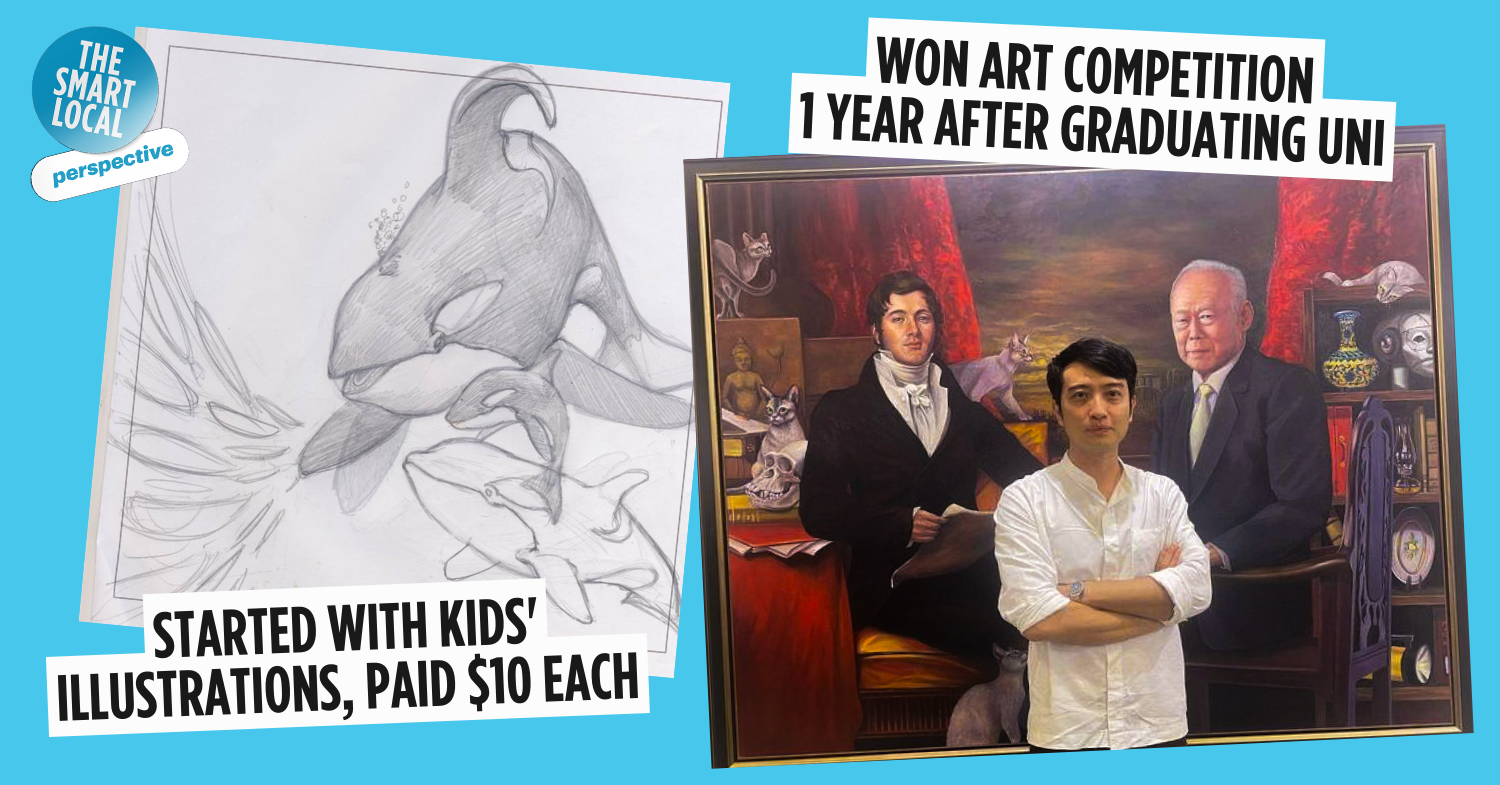Life as a full-time artist in Singapore
Who remembers the article released during the pandemic, where artists were deemed the least essential profession? It’s safe to say that the art industry has always been critically looked at, especially in Singapore.
That being said, there are many veteran artists, such as David Chan, who have braved the storm and carved a name for themselves in the local art scene. Read on if you’re intrigued as to what his life entails as a full-time artist, how he achieved his successes, and his efforts in pushing Singapore’s art community forward, alongside tips for budding artists.
Studying arts in school despite parents’ disapproval
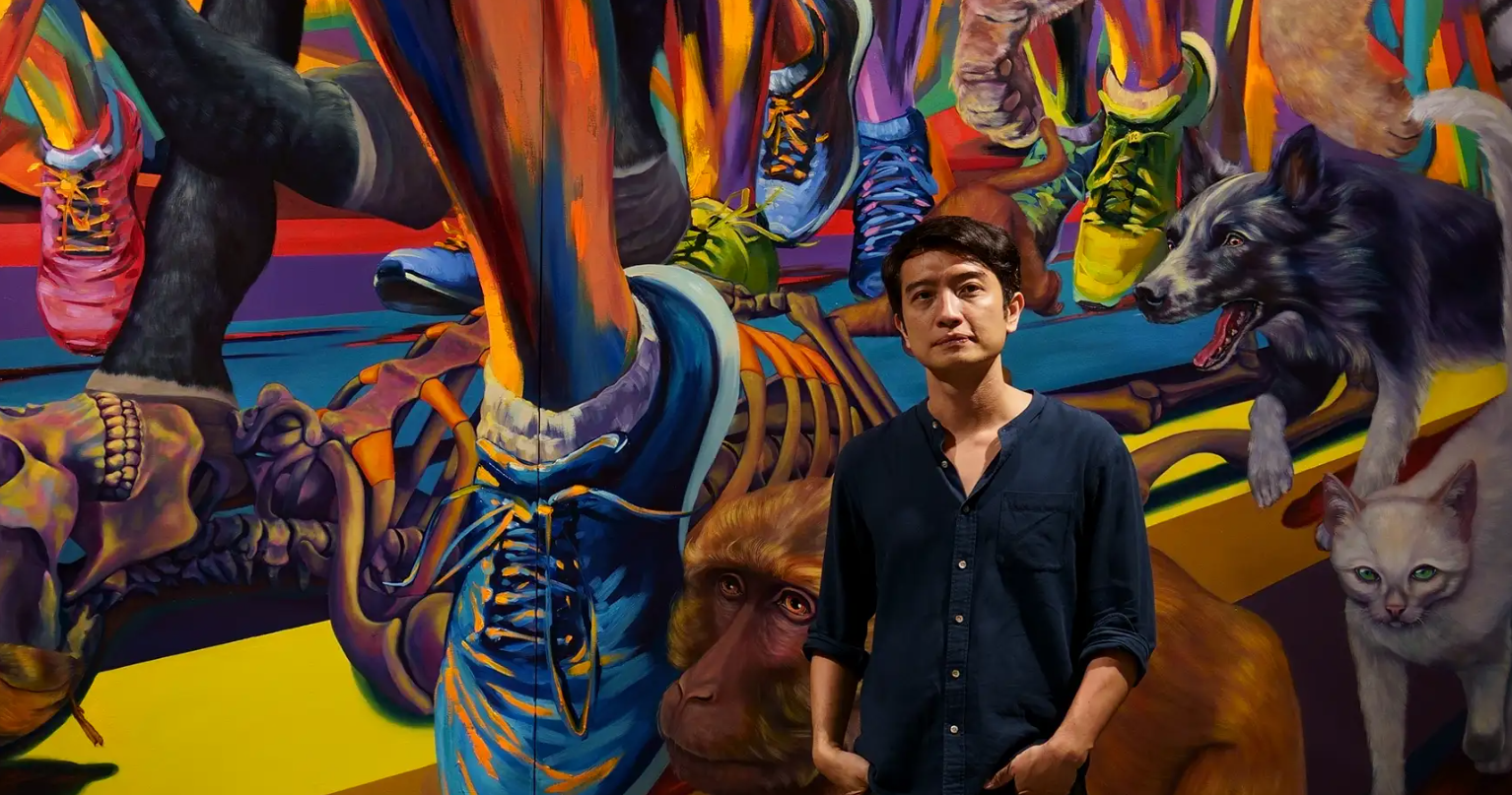
Image credit: David Chan
Things weren’t always fine and dandy for David. When he was younger, he didn’t do well in school, resulting in limited course options he could study in university. He opted to study Interactive Design in LASALLE, a decision that was not supported by his father.
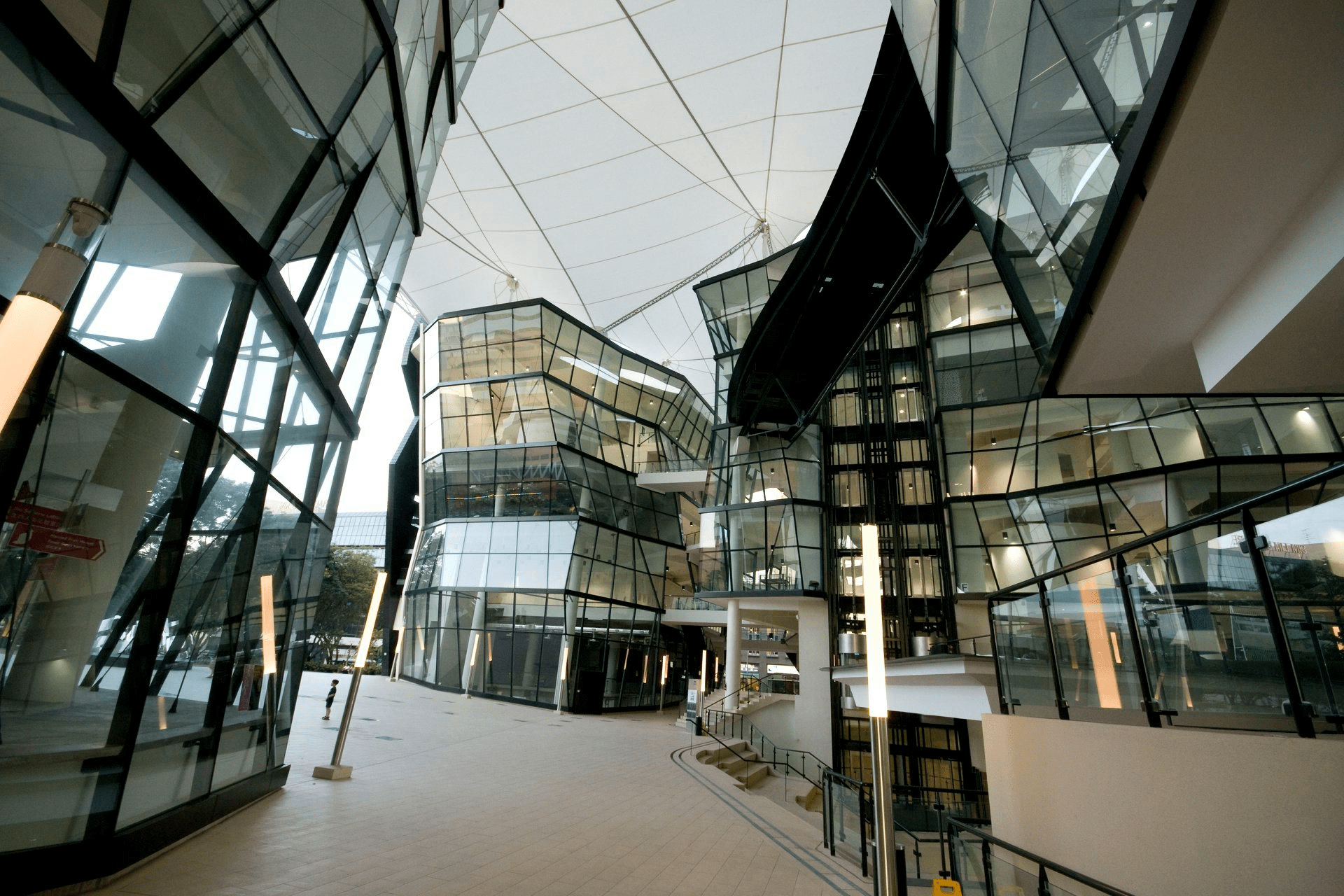
Image credit: LASALLE College of the Arts via Facebook
In spite of this, David persevered and studied hard during his 1st year, earning himself a scholarship that subsidised his school fees. Then came the 2nd year of school – which happened to be during the dot-com boom – where David discovered that the Interactive Design course he was studying was mainly web design. Alas, he had zero interest in it.
He was left with 2 choices: continue a course he had no passion for, or switch to an arts course which focused on skills such as painting and sculpting. He chose the latter, despite missing the foundation classes that were conducted during the 1st year. So David learnt each skill on his own, managed to catch up to his peers, and even emerged as the top student.

Image for illustrative purposes only.
Image credit: Vision Print And Distribution
During his time as a student, David took on part-time jobs to fund his studies. Being an art student was not cheap; you had to buy supplies for projects and rent studios to do your work. Some of his jobs included distributing flyers, designing junk mail, and being a gallery assistant.
But don’t be quick to view him as poor ol’ Cinderella. These experiences taught David to develop a fast and efficient way of creating his art pieces. It also strengthened his survival instinct, as he had to go through this journey without his parents’ support.
Starting as a young artist in Singapore during the 1990s
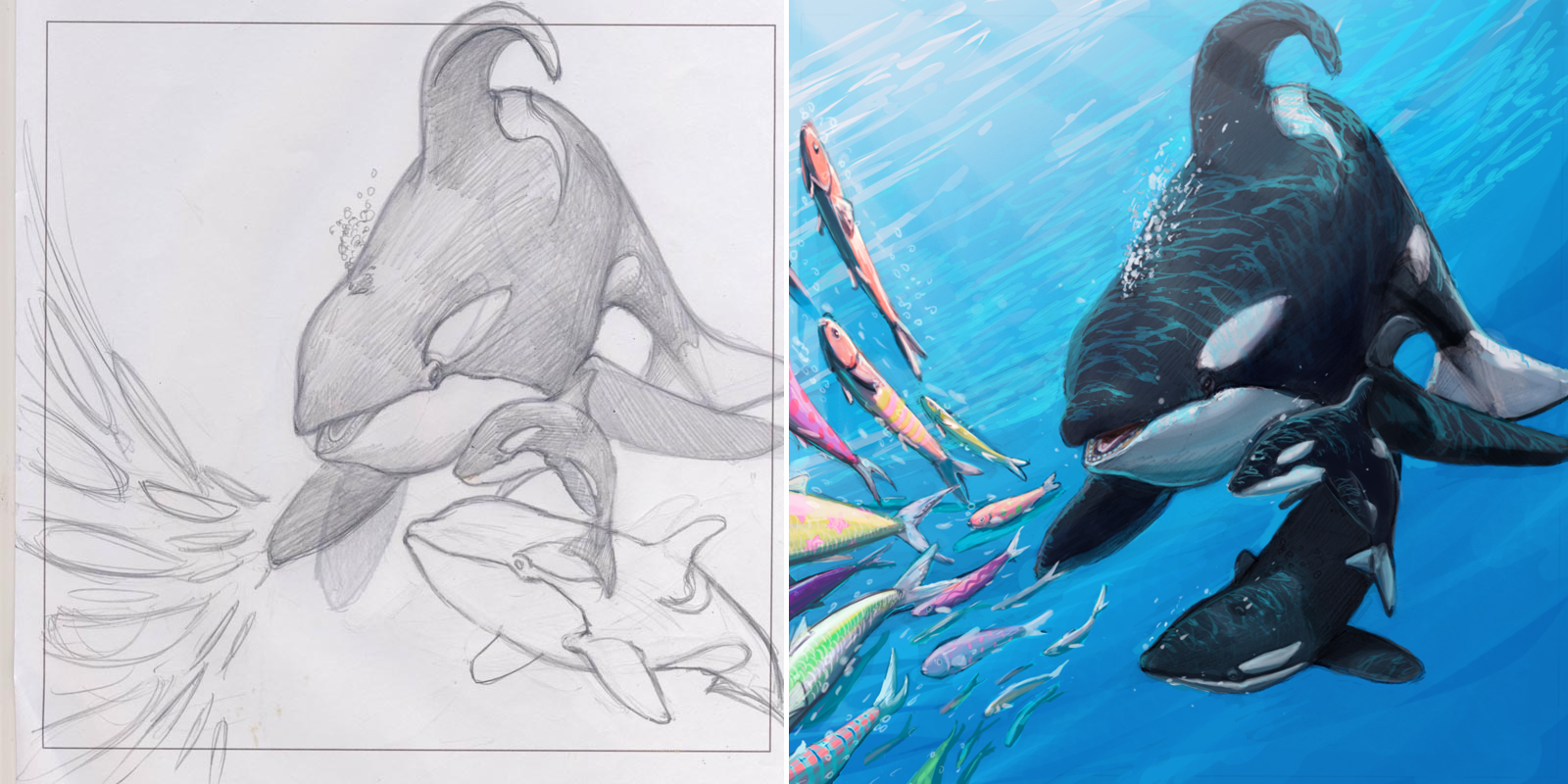
Some of David’s sketches and finished illustrations from 2008.
Image adapted from: David Chan
Like all newbies, David had to hustle hard when he first started as an artist. He recounts that his first few paid artworks were kids’ illustrations and storybooks, where each drawing scored him around $10.
“Admittedly, things in the 1990s to 2000s were cheaper. The standard of living was slightly lower, and life was somewhat simpler,” David shared. As a reference for our Gen Z babies, a meal at that time would cost around $3, or even less. Job opportunities were more straightforward and available too, so David could focus on honing his artistic skills.
The young artist started to gain recognition for his work. Just 1 year after his graduation, he took part in UOB’s Painting of the Year competition award in 2004, and won. This was a proud moment for David – he was still considered a tenderfoot in the industry, but his artwork had beaten the competition.
Balancing careers as an artist & university lecturer
Fast forward a few years, David took up arts lecturer positions at NTU and NIE, on top of being a full-time artist. “Let’s be real here, this new job definitely provided some consistent income,” he stated.
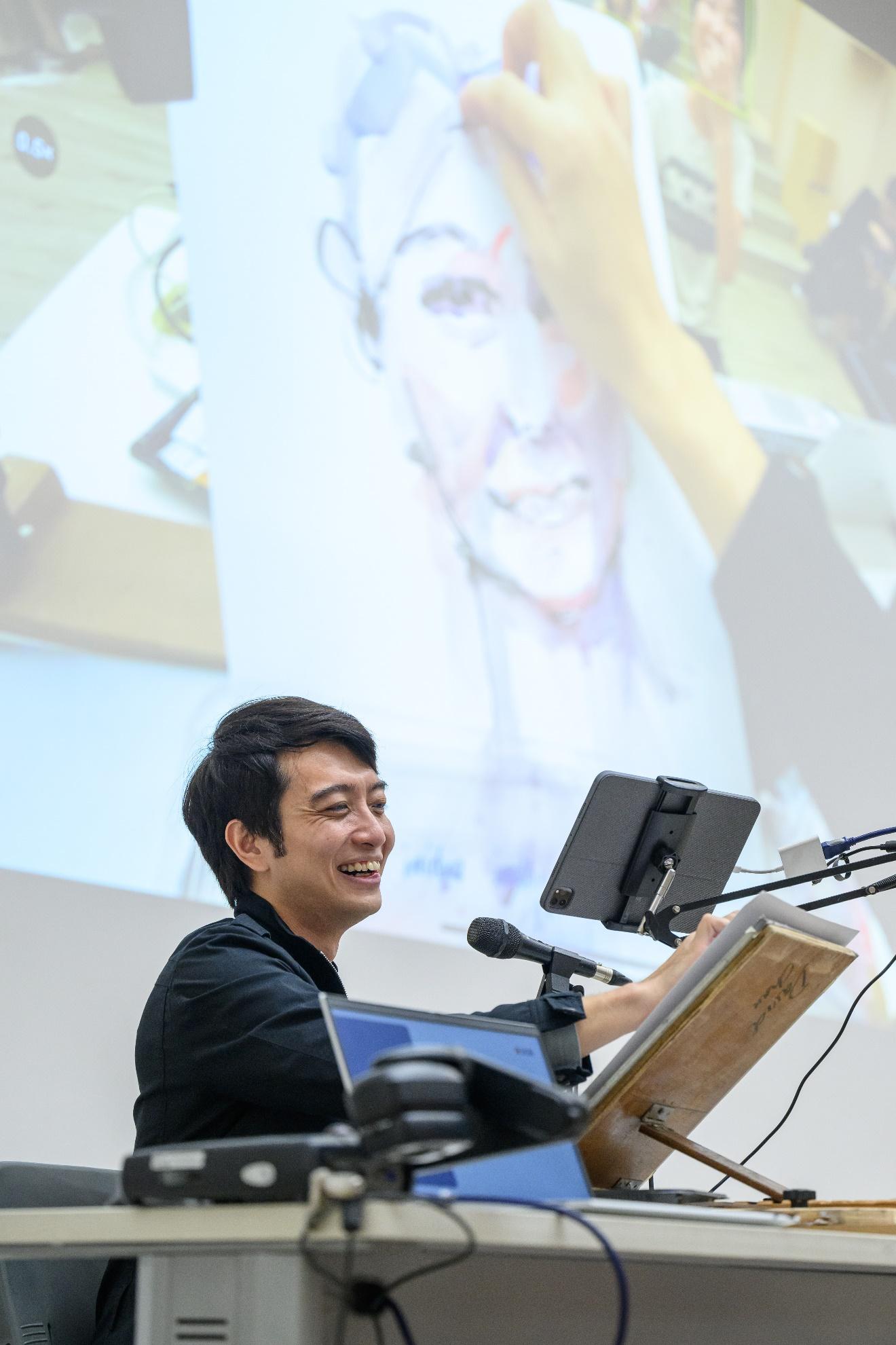
Image credit: UOB
Most of his daytime would consist of conducting classes in school. He’d sleep around 10pm to match his children’s schedule, and wake up around 3am to continue work such as grading his students’ papers and working on current art projects. “I didn’t choose this crazy sleep schedule; I love sleep. But sacrifices have to be made if I want a good work-life balance,” David lamented.
Of course, every job comes with its own set of struggles. David shares that in addition to striving for work-life balance, staying consistent with his works and maintaining relevance were other challenges he regularly faces.
“It’s all about ‘personality work’ now. The angle of interest in the art scene has shifted. It’s no longer just about the art, it’s also about the artist themselves,” he said. To keep up with the ever-changing direction, David expands on different themes with his art and reads about new topics such as AI and 3D printing.
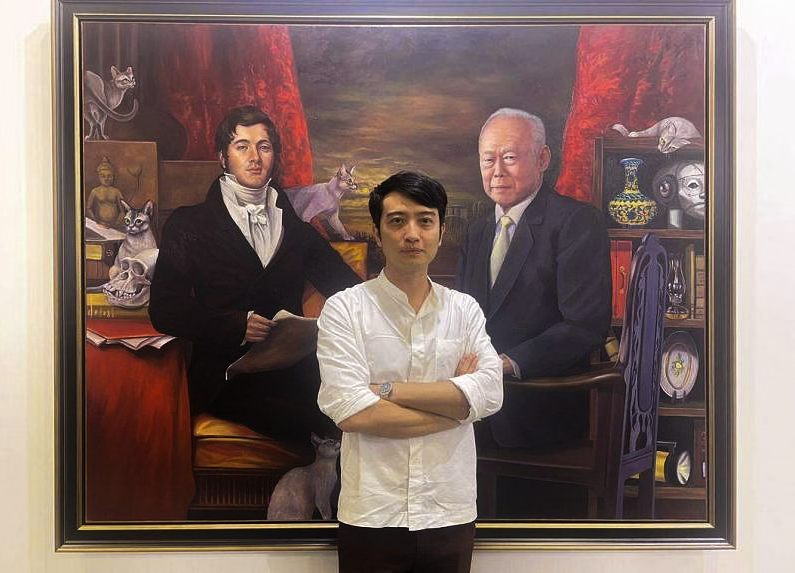
Image credit: David Chan
He admits that it’s difficult to maintain a high standard once you’ve reached a peak. In response, he focuses on keeping his energy up and integrating current issues in the society into his art, such as intergenerational conflicts.
Participating in competitions also helps “justify his relevancy”, he admitted. He recently won the UOB Painting of the Year again, even though he had no intention of joining the competition initially. It was only after a mentor of his suggested he try, did he then decide to submit his painting on the day of the deadline.
Lo and behold, David won the Bronze award in 2022. It was a morale booster for the veteran artist, an act of validation, and gave him a strong want to keep moving forward.
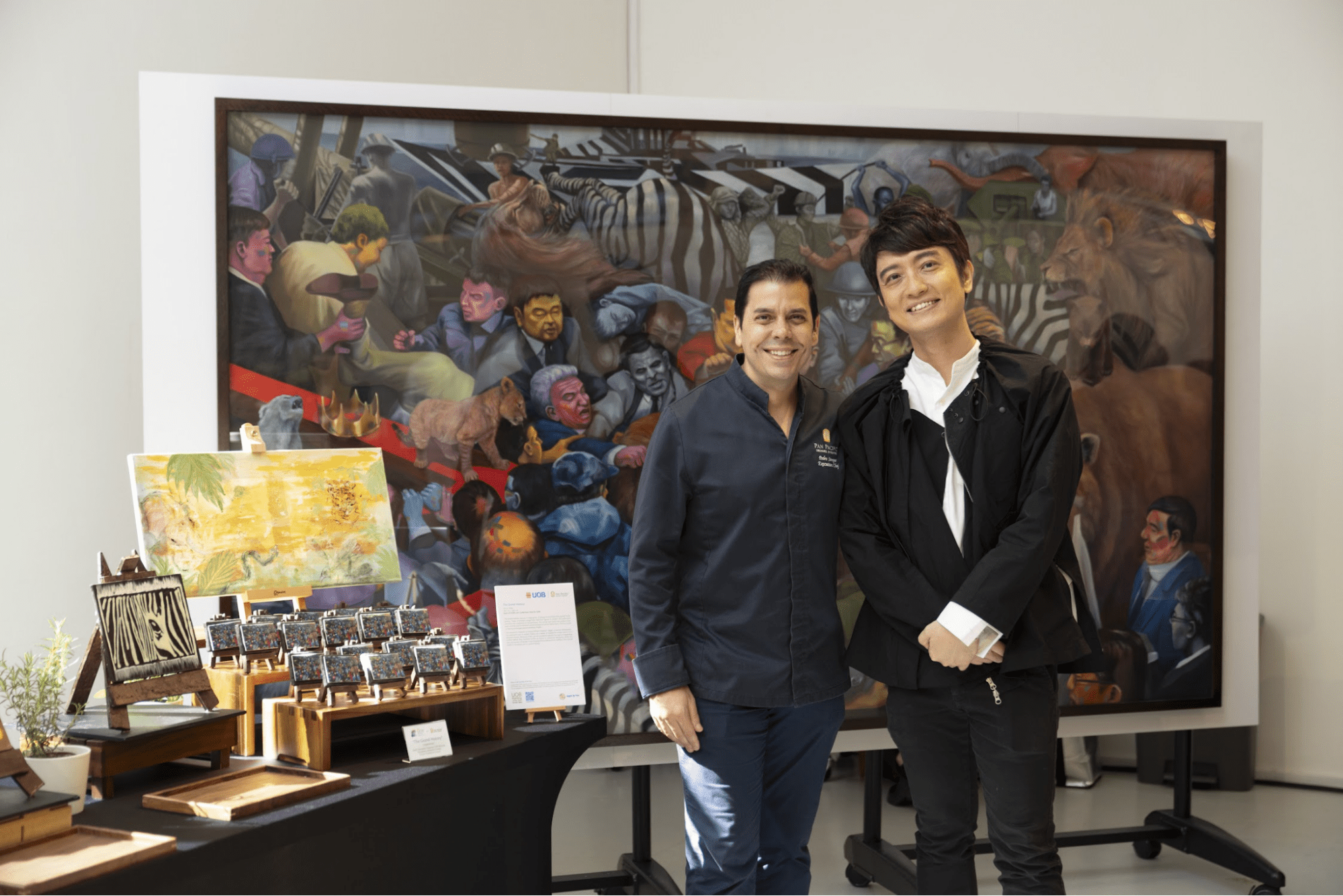
Image credit: UOB
He also keeps an open mind when it comes to collaborative work. For example, he joined forces with Executive Chef Pedro Samper and Pastry Chef Eunice Low of Pan Pacific Orchard, Singapore to launch edible food art this year.
This fun project was part of the UOB Painting of the Year launch this year, where David’s 2022 winning artwork was used as the inspiration behind the edible chocolate art using chilli, dried raspberries, and popping candies.

Image credit: UOB
David is passionate about using his skills and expertise to help the community too. “Art is beyond just a visual,” he expressed. UOB hosts art workshops with its alumni artists to teach the disadvantaged and communities with special needs, and David is an active facilitator. It’s fulfilling, and a step in the right direction to moving the arts frontier.
If you’re an aspiring artist, David has a couple of tips for you. Having already been in the industry for a while, he remarked that self-love and confidence are vital. The current digital age means that we’re subjected to all types of online comments, both good and bad. Focusing on the negatives will only be a distraction.
Instead, find your own safe community where you are supported by fellow artists. And once you’ve started producing your own work, keep moving forward. “Build the calluses of not feeling bad for every single mistake, and move on,” David declared. He has done about 400 artworks to date, and not all have proven to be his favourites. But still, he advances on.
How David Chan became a full-time artist in Singapore
The harsh reality of being an artist in Singapore is that the career is, well, harsh. The art industry has come a long way since David first started out, and there’s still plenty of room for improvement.
To aid the advancement of the art scene, UOB has committed its resources to events such as the UOB Painting of the Year competition. As part of their corporate social efforts, this annual competition is a platform for artists to showcase their works to the public.
This year’s competition features an international panel of judges, and they’ll access submissions based on message, creativity, composition, and technique. There are 2 categories to enter: the Established Artist category, for artists with a strong art portfolio or gallery representation, and the Emerging Artists category, for art students or anyone who has a passion for the arts.
Each participant can put forward a maximum of 3 paintings, and submissions are to be done digitally on the UOB website by 31st July 2024. You’re probably curious about the prizes. The top winner of the Established Artist category will walk home with $33,000, while the runner-up will receive $15,000. Not forgetting bragging rights too.
The country winner will also be in the running for the UOB Southeast Asian Painting of the Year regional award, bagging an additional $13,000 cash prize as well as an overseas art residency programme.
It doesn’t matter if you’re a fresh new artist, old-timer, or still studying in school. If you’ve developed a love for the arts like David, have the courage to pursue your passion. Aside from diligently upskilling, consider submitting your entries for the 43rd UOB Painting of the Year by 31st July 2024 to help create exposure for your works. You might just be Singapore’s new-gen Picasso!
More information on UOB’s Painting of the Year competition
This post was brought to you by UOB.
Cover image adapted from: David Chan
